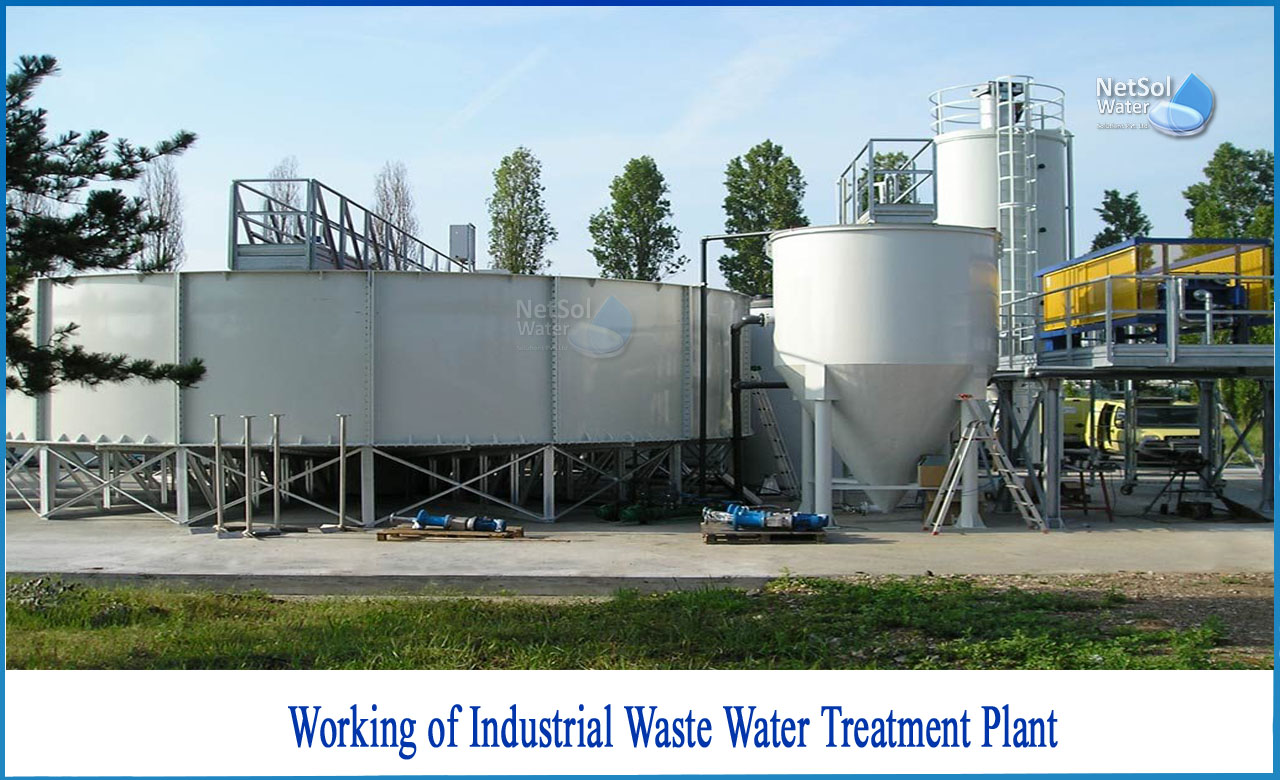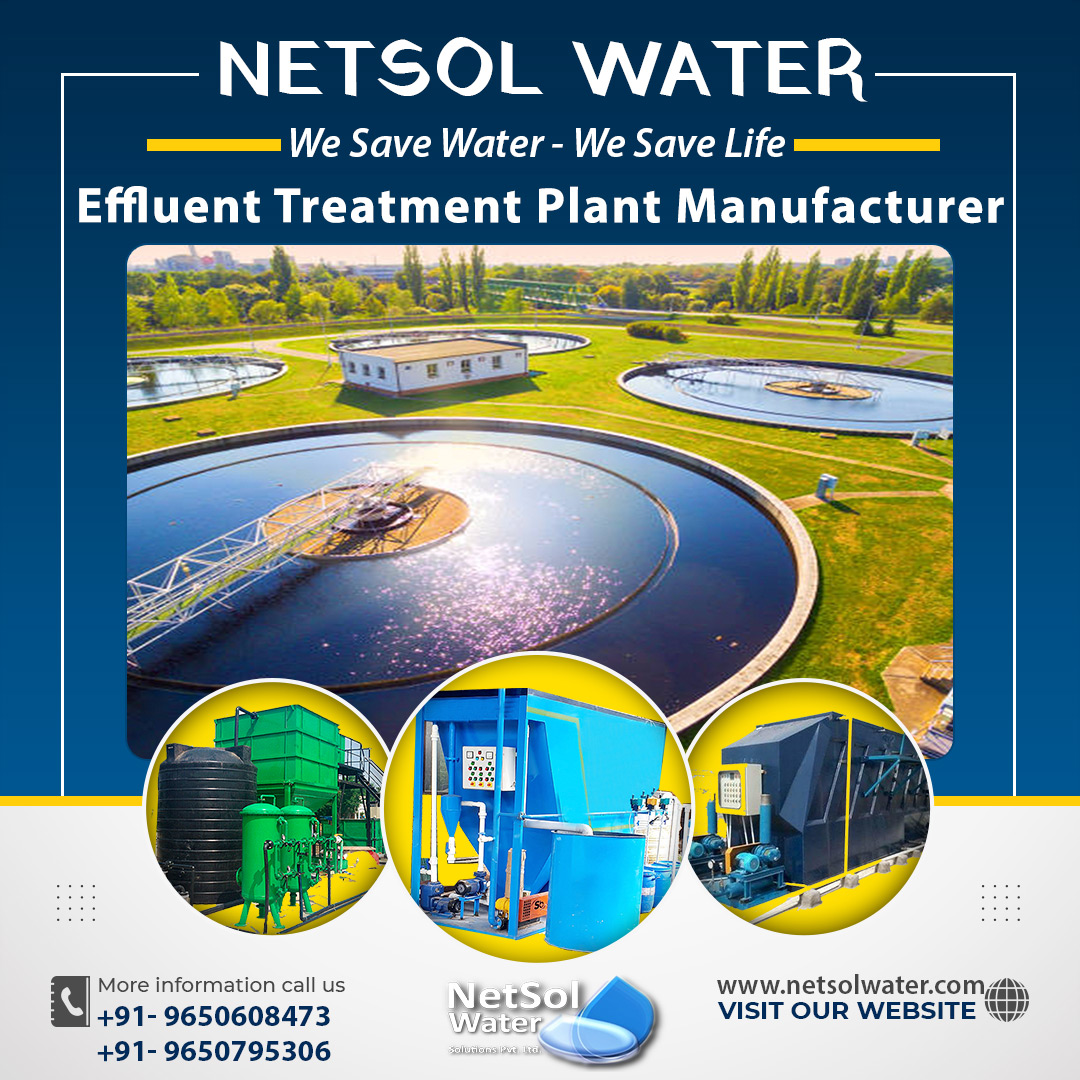Water supply
Water treatment for drinking water production is handled in a different plant. Many industries need to treat water to obtain very high quality water for demanding applications. Organic and mineral sludge due to filtration and precipitation occurs during water treatment. Ion exchange with natural or synthetic resins removes calcium, magnesium, and carbonateions from the water and replace them with hydrogen and hydroxyl ions. Regeneration of ion exchange columns with strong acids and strong bases produce waste liquids rich in hardness ions that easily precipitate, especially when mixed with other waste liquids.
How does industrial waste water treatment plant work?
Different types of pollution in wastewater require different strategies to cleanse the pollution:
1: Removal of solids
Most solids can be removed using simple sedimentation techniques and the solids are recovered as slurry or sludge. Very fine solids and solids with densities close to the density of water cause certain problems. In such cases, filtration or ultra-filtration may be required. However, alum aggregation using alum salt or addition of polyelectrolytes can be used.
2: Oil and Grease Removal
Many oils can be recovered from open water by skimming equipment. Oil skimmers are recognized as a reliable and inexpensive method for removing oils, greases and other hydrocarbons from water and may be able to achieve the required level of water purity. Skimming is also an economical way to remove most of the oil before using membrane filters or chemical processes. Skimmers process less oil, which prevents premature clogging of filters and reduces chemical costs.
Fat skimming uses high viscosity hydrocarbons, so the skimmer must be equipped with a sufficiently powerful heater to drain the fat fluid. If stray grease forms on a solid mass or mat, spray bars, aerators, or mechanical devices can be used to assist in removal.
However, hydraulic oils and most oils that have been decomposed in some way also contain soluble or emulsified components that need further treatment to be removed. Dissolving or emulsifying oil with a surfactant or solvent usually exacerbates the problem rather than solves it, producing wastewater that is more difficult to treat.
Wastewater from large industries such as petroleum industries contains large amounts of petroleum and suspended solids. These industries use equipment called API oil-water separators. This device is designed to separate oil and particulate matter from sewage. The name comes from the fact that such separators are designed according to standards published by the American Petroleum Institute (API).
The API Separator is a gravity separator designed using Stokes' law that defines the rate of oil droplet rise based on density and size. The design is based on the difference in the density of oil and wastewater, as the difference in density between oil and wastewater is much smaller than the difference in density between suspended solids and water. Normally, the oil layer is skimmed and then reprocessed or discarded, and the lower sediment layer is removed by a chain and auger scraper (or similar device) and a mud pump.
3: Common Parallel Plate Separator
Parallel Plate Separator is similar to the API Separator, but contains a tilted parallel plate assembly (also known as a parallel stack). Parallel plates provide a larger surface area for floating oil droplets to coalesce into larger globules. Such separators still depend on the relative density between the suspended oil and the water.
4: Removal of biodegradable organic matter
Biodegradable organics of plant or animal origin can usually be treated with advanced traditional wastewater treatment processes such as activated sludge and sprinkler beds. Problems can occur if the wastewater is too diluted with wash water or has high concentrations such as pure blood or milk. The presence of detergents, disinfectants, pesticides and antibiotics can adversely affect the treatment process.
5: Activated sludge process
Activated sludge is used to biologically oxidize organic pollutants using air (or oxygen) and microorganisms to treat wastewater and industrial wastewater that produce wastewater (or flocks) containing the oxidized material in a biochemical process. In general, activated sludge processes include:
>Activated sludge tank infused with air (or oxygen) and completely mixed with wastewater. >A settling tank for settling waste sludge (usually called a "purifier" or "settler").
Some of the waste sludge is returned to the aeration tank and the remaining waste sludge is removed for further treatment and final disposal.
6: Sprinkling filter method
The sprinkling filter is composed of layers of rock, gravel, slag, peat moss, or peat medium, on which waste water faces downward. Aerobic conditions are maintained by forced air or natural convection through the bed. This process involves the adsorption of organic compounds in wastewater by the microbial slime layer and the supply of oxygen required for biochemical oxidation of the organic compounds by the diffusion of air into the slime layer.
The final product contains carbon dioxide gas, water and other oxidation products. The thicker the mucous layer, the less likely it is that air will penetrate the layer, forming an internal anaerobic layer.
Netsol is one of the leading companies developing advanced and environmentally friendly solutions for sewage treatment, water treatment and wastewater treatment.




